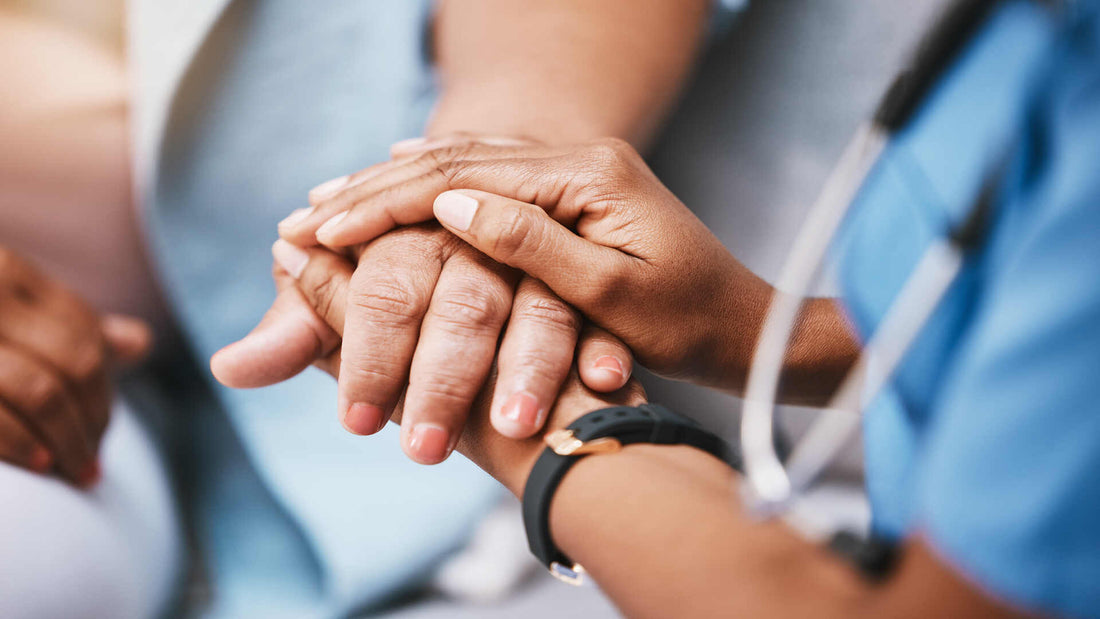
Why Harm Reduction?
Share
Article by Drug Science,
For more information, visit https://www.drugscience.org.uk/
Harm reduction is a critical approach in many aspects of life, but it is especially important when dealing with the use of drugs, both legal and illegal. What does harm reduction entail? When should it be applied? And how does it integrate into our daily routines?
Harm reduction can take various forms, such as anti-lock brakes (engineering measures), speed limits (administrative controls), and seatbelts (personal protective equipment). For example, when consuming alcohol, we rely on sealed bottles made by reputable companies under laws like the UK’s Licensing Act 2003. This regulation helps ensure safety and consistency. When drinking in bars, sober professionals monitor behavior and intervene if needed, creating a controlled environment akin to Overdose Prevention Centres (also known as Safe Consumption Sites or Drug Consumption Rooms).

Yet, the illicit drug market remains largely unregulated and without such safety measures. In 2022, nearly 5,000 people in England and Wales died from drug overdoses, a figure consistent with 2021. In America, drug overdoses claimed over 100,000 lives in the same year. Many of these deaths are preventable with proper harm reduction measures and a better understanding of drug-related risks.
Beyond preventing death, harm reduction also offers benefits such as reducing stigma, preventing disease transmission, and mitigating legal and social harms. Let’s explore these in more detail.
Reducing Stigma Can Aid Harm Reduction
Stigma surrounding drug use can prevent people who use drugs (PWUD) from seeking help, spread misinformation, and push drug use into secrecy. Harm reduction challenges these negative attitudes, advocating for a judgment-free understanding of drug use.
When stigma forces PWUD to hide their behavior, it creates barriers to accessing support. By reducing this stigma, individuals may feel safer discussing their use with loved ones or seeking professional help without fear of condemnation.
Stigma also fuels misinformation. The secretive nature of drug use, born from fear of judgment and legal consequences, creates an environment where myths and misconceptions thrive. Breaking this cycle requires open and honest conversations about safer drug use, which harm reduction promotes.
Preventing Disease Spread
Sharing needles, insufflation tools, or smoking equipment can spread diseases like hepatitis B, hepatitis C, and HIV/AIDS. While needle-sharing involves direct blood contact, even less obvious risks, like cuts from shared smoking tools, can facilitate transmission.

The UK’s needle exchange programs, introduced in 1987, are credited with some of the lowest HIV/AIDS rates globally. These programs, along with access to clean drug paraphernalia, reduce disease transmission, allowing PWUD to maintain better health and reducing the burden on healthcare systems.
Reducing Legal Harms
One of the greatest risks to PWUD is legal repercussions. Many PWUD maintain jobs, relationships, and healthy lifestyles. However, a criminal record or imprisonment can disrupt their lives, worsening their situation.
The legal system often perpetuates harm. A criminal record can limit job opportunities, increasing the likelihood of petty crime and hindering recovery efforts. Time in prison exposes individuals to criminal networks and potentially more dangerous drugs—over 25% of heroin users in prison began using while incarcerated. Criminal sanctions rarely help PWUD and often exacerbate their challenges.
Avoiding Negative Experiences
Enjoyment and safety are key considerations in harm reduction. Educating PWUD about their substances and how to use them responsibly can prevent unpleasant or harmful experiences.
- Learning: Negative experiences often stem from a lack of knowledge about a drug’s effects or dosing. Unexpected effects or durations can cause panic, while incorrect dosages can lead to overdoses. Online resources and tools like precision scales (sold as jewelry scales) can help users measure doses accurately.
- Testing: Sometimes, drugs are stronger than expected or contain unexpected substances. Drug checking kits, such as EZ Test kits, allow users to verify their substances, reducing the risk of unpleasant surprises.
Keeping People Alive
The most crucial goal of harm reduction is preserving life. Recovery and rehabilitation are impossible without survival. By preventing overdoses and mitigating long-term drug-related harms, harm reduction saves lives and empowers individuals to choose their own paths.
Key Takeaways
Harm reduction is a practical and compassionate approach found throughout daily life. In the context of drug use, it reduces immediate risks, prevents disease, and helps individuals access the support they need. Ultimately, harm reduction benefits everyone in society, not just those who use drugs.
Further Reading
If you found this article informative and want to learn more about harm reduction, consider exploring the following resources:
Overview of Harm Reduction:
Harm Reduction International - What is Harm Reduction
Overdose Prevention Centres:
Transform Drugs Policy Foundation - Overdose Prevention Centres
Adam Holland et al. - Overdose prevention centres in the UK
Drug Deaths in England and Wales:
Office for National Statistics - Drug Poisoning in England and Wales (2022)
Office for National Statistics - Drug Poisoning in England and Wales (2021)
Stigma and Discrimination:
National Institute on Drug Abuse - Stigma and Discrimination
Renee Garett, Sean D. Young - The Role of Misinformation and Stigma in Opioid Treatment Uptake
Preventing Disease Spread:
PubMed - AIDS and Injecting Drug Use in the UK, 1987-1993
Legal Harms:
Revolving Doors - Rethinking Drugs: Criminalisation is Causing Harm
PubMed - Drug Use and Initiation in Prison: Results from a National Survey
